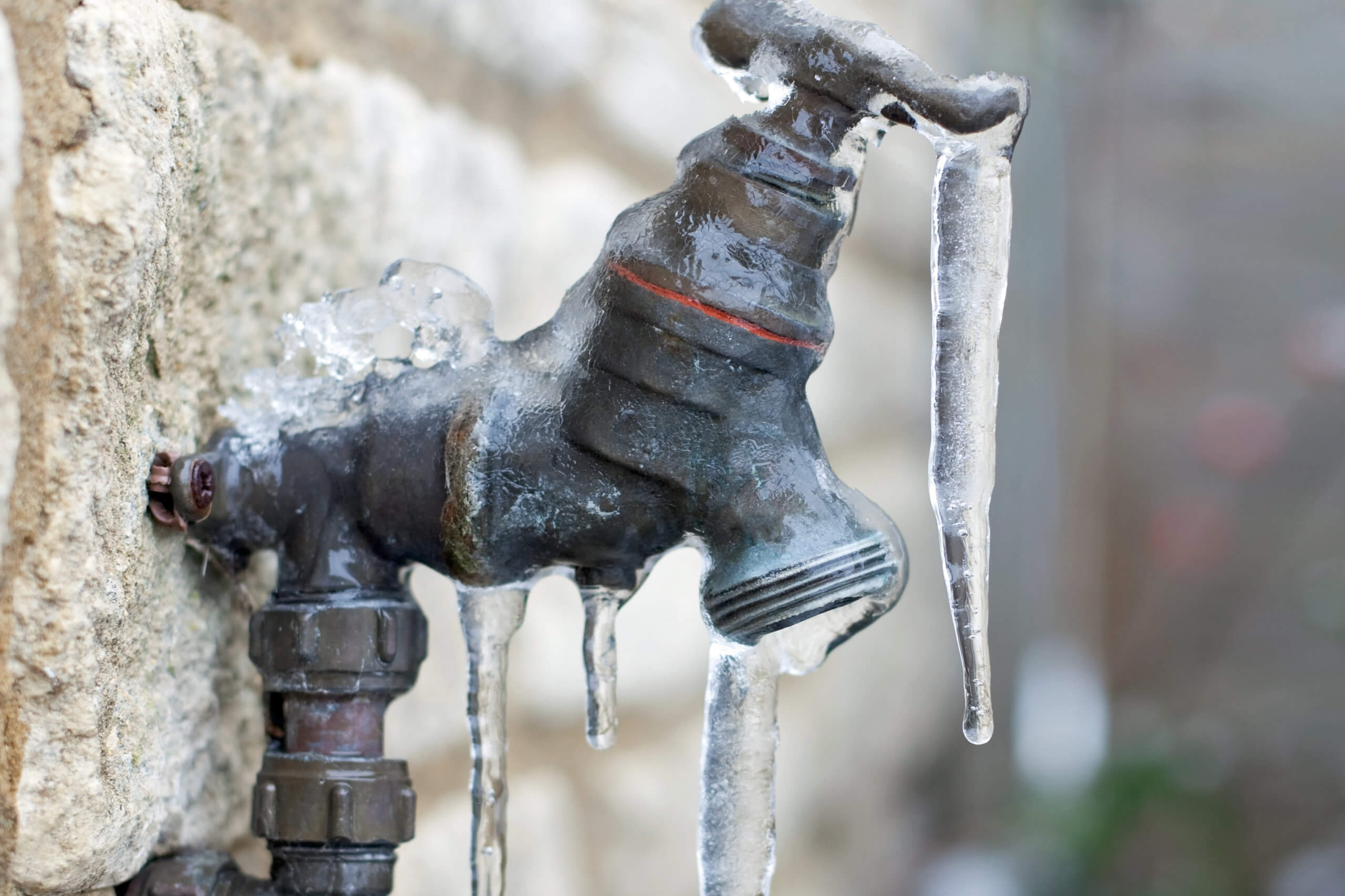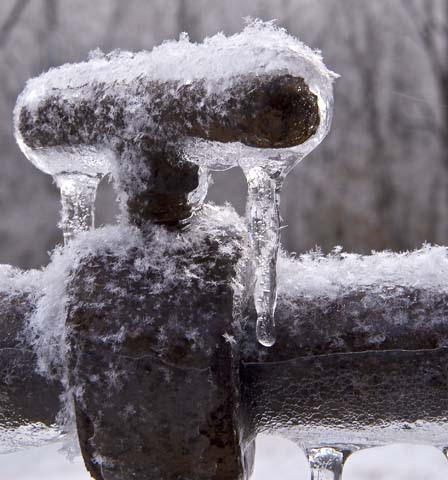Important Advice to Protect Against Frozen Plumbing in Winter
Important Advice to Protect Against Frozen Plumbing in Winter
Blog Article
We have encountered this post about Helpful Tips to Prevent Frozen Pipes this Winter down the page on the web and thought it made sense to talk about it with you over here.

Winter can ruin your pipes, especially by freezing pipelines. Here's just how to prevent it from happening and what to do if it does.
Introduction
As temperature levels decline, the danger of icy pipes rises, potentially bring about costly repair services and water damage. Understanding exactly how to prevent icy pipelines is essential for homeowners in cold environments.
Avoidance Tips
Insulating vulnerable pipes
Cover pipelines in insulation sleeves or utilize warm tape to shield them from freezing temperatures. Focus on pipelines in unheated or exterior locations of the home.
Home heating techniques
Maintain indoor rooms effectively warmed, specifically locations with pipes. Open closet doors to permit warm air to circulate around pipes under sinks.
Just how to determine frozen pipes
Try to find lowered water circulation from taps, uncommon smells or noises from pipes, and noticeable frost on revealed pipelines.
Long-Term Solutions
Architectural modifications
Think about rerouting pipes away from exterior walls or unheated areas. Add extra insulation to attics, cellars, and crawl spaces.
Updating insulation
Invest in premium insulation for pipes, attic rooms, and wall surfaces. Proper insulation aids keep consistent temperature levels and reduces the risk of icy pipelines.
Shielding Exterior Pipes
Garden hose pipes and outside taps
Disconnect and drain pipes garden hoses prior to winter months. Mount frost-proof spigots or cover outside faucets with insulated caps.
Understanding Frozen Pipelines
What creates pipelines to freeze?
Pipelines freeze when subjected to temperature levels listed below 32 ° F (0 ° C) for expanded durations. As water inside the pipelines ices up, it broadens, taxing the pipe walls and possibly triggering them to burst.
Risks and problems
Icy pipelines can cause water interruptions, property damages, and expensive repairs. Ruptured pipelines can flood homes and trigger comprehensive structural damage.
Signs of Frozen Pipeline
Recognizing icy pipelines early can avoid them from breaking.
What to Do If Your Pipelines Freeze
Immediate activities to take
If you believe icy pipelines, maintain taps available to alleviate pressure as the ice melts. Use a hairdryer or towels taken in warm water to thaw pipes slowly.
Conclusion
Protecting against icy pipelines requires positive procedures and fast feedbacks. By comprehending the reasons, indicators, and safety nets, house owners can safeguard their pipes throughout cold weather.
5 Ways to Prevent Frozen Pipes
Drain Outdoor Faucets and Disconnect Hoses
First, close the shut-off valve that controls the flow of water in the pipe to your outdoor faucet. Then, head outside to disconnect and drain your hose and open the outdoor faucet to allow the water to completely drain out of the line. Turn off the faucet when done. Finally, head back to the shut-off valve and drain the remaining water inside the pipe into a bucket or container. Additionally, if you have a home irrigation system, you should consider hiring an expert to clear the system of water each year.
Insulate Pipes
One of the best and most cost-effective methods for preventing frozen water pipes is to wrap your pipes with insulation. This is especially important for areas in your home that aren’t exposed to heat, such as an attic. We suggest using foam sleeves, which can typically be found at your local hardware store.
Keep Heat Running at 65
Your pipes are located inside your walls, and the temperature there is much colder than the rest of the house. To prevent your pipes from freezing, The Insurance Information Institute suggests that you keep your home heated to at least 65 degrees, even when traveling. You may want to invest in smart devices that can keep an eye on the temperature in your home while you’re away.
Leave Water Dripping
Moving water — even a small trickle — can prevent ice from forming inside your pipes. When freezing temps are imminent, start a drip of water from all faucets that serve exposed pipes. Leaving a few faucets running will also help relieve pressure inside the pipes and help prevent a rupture if the water inside freezes.
Open Cupboard Doors
Warm your kitchen and bathroom pipes by opening cupboards and vanities. You should also leave your interior doors ajar to help warm air circulate evenly throughout your home.

Do you like reading up on Prevent Frozen Pipes ? Leave feedback down below. We will be delighted to know your views about this review. In hopes that you visit us again soon. Don't hesitate to take the opportunity to share this page if you enjoyed reading it. Thanks a bunch for your time. Come back soon.
Click Here Report this page